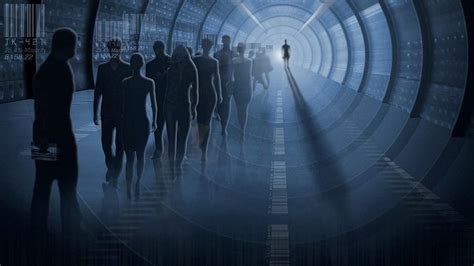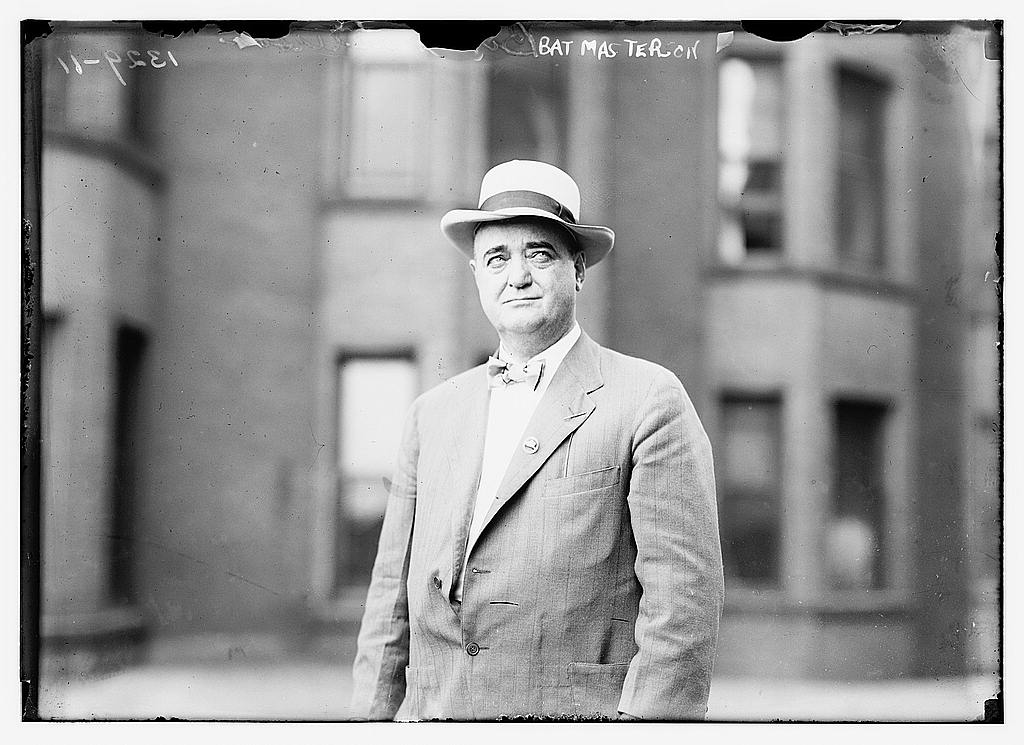
September 14
What is it about the British royal family that seems to provoke festivals of public grief? When Lady Diana Spencer died back in 1997, the gnashing of teeth and rending of garments could be heard all across the globe. One critical wag took note of the vast public turnout and termed it “recreational grieving”—but it was all the same a mass phenomenon. Now, Queen Elizabeth has passed, and one cannot pick up a newspaper or switch on the television without being absolutely drenched in the lamentations of commentators and public figures.
Meanwhile, as the day-after-day, drawn out parade of the royal corpse proceeds, others have passed from the scene, including Clinton persecutor Ken Starr and pathbreaking French-Swiss filmmaker Jean-Luc Goddard.
So if Godard is dead, who will write our epigrams?
Godard was a filmmaker, of course. He was also a critic of everyday life—the quotidian, in the mode of heavyweight French philosopher Henri Lefebvre, author of the multi-volume Critique de la vie quotidienne. Godard, though, was much pithier.
“Adultery is the last adventure remaining to the middle class,” he once declared.
Godard’s love-hate relationships were innumerable: the prosperous middle class, city life, America, television, film itself.
“Europe has memories,” he once announced. “America has t-shirts.”
Then there was: “My aesthetic is that of the sniper on the roof.”
Not that many snipers have come equipped with hand-held film cameras, ever-present sunglasses, and an encyclopedic knowledge of cinema history. Having already made multiple masterpieces, in the late 1960s Godard abandoned commercial movies and joined a collective of filmmakers dubbed the Dziga Vertov Group, named for the largely forgotten, pioneering Soviet documentarian who made the dazzling The Man With the Movie Camera (filmed, incidentally, in Ukraine). Vertov was an advocate of filming “life caught unawares.” He wished to follow a path “towards the creation of a fresh perception of the world, [to] decipher a world that you do not know.”
Godard’s works certainly fulfilled that function too.
The ceaseless, eye-glazing pomp surrounding the Queen’s funeral, and the accompanying vacuous commentary, would have been all too familiar to Godard, who once denounced the older tradition of French cinema as unimaginative and oversimplified. It is somehow fitting that these two—representatives of opposite worlds—should die within days of each other.











